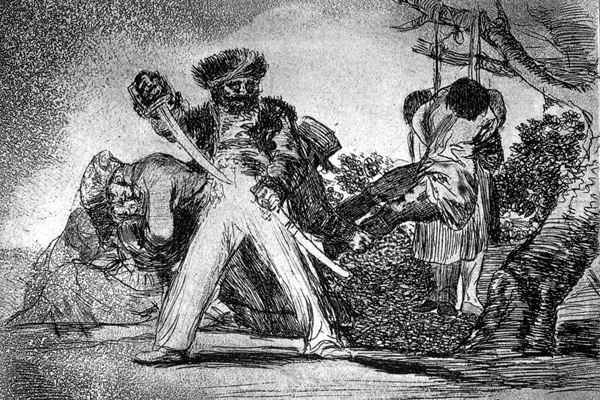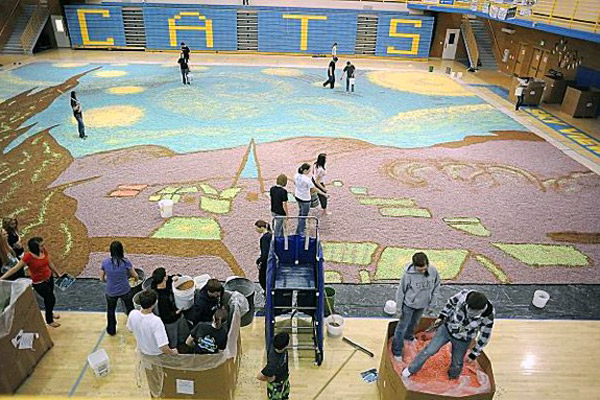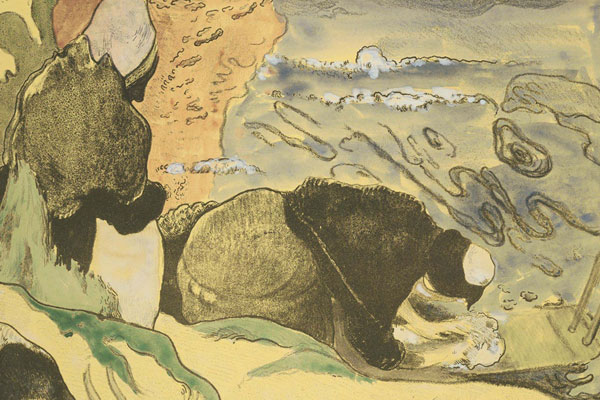
The relationship between the Van Goghs (Vincent and Theo) and Paul Gauguin was long and complicated. Theo purchased, sold, and commissioned the painter’s work while Vincent, then just a struggling artist and brother of a successful dealer, befriended and attempted to collaborate with the far more grounded and well-regarded Gauguin. It was a difficult relationship between the two, strained by Vincent’s creeping disassociation and mania. They tried to establish a studio of Arles—a place in the French countryside where the artists could create the work that would establish them as the leaders of a new wave of modern art they seemed to know was coming. Gauguin flourished in the idyllic setting and moved on. Vincent created his best work and then killed himself there. Now, as Vincent has become the greater of the two in the eyes of history, the still very well remembered Gauguin will be visiting the Van Gogh Museum in Amsterdam in a exhibition that claims to track the moment that visitor of Arles broke with the past and set art on a course towards Modernism.
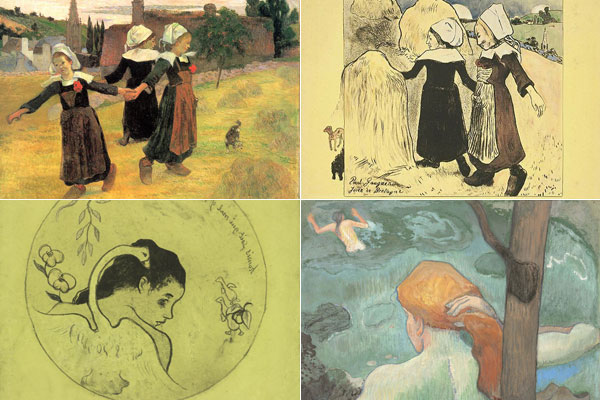
With “Paul Gauguin: The Breakthrough Into Modernity”, the Van Gogh museum plays host to a show created by the curators at the Cleveland Museum of Art that turns a laser-like focus on that moment when Gauguin and a clutch of other similarly minded artists first took a unified stand with the presentation of a Symbolist display at the Paris World’s Fair in 1889. “L’Exposition de Peintures du Groupe Impressioniste et Synthétiste” presented a Synthetist take on the world—a theory of simplicity in form and technique to aid in expression. There Gauguin offered his “Volpini Suite”, a series of zincographs commissioned by Theo Van Gogh and named for the Café (owned by Monsieur Volpini) where it was showcased right off the official grounds of the World’s Fair. This, along with a series of paintings also in this current exhibition, cemented Gauguin as a commercial and popular artist and, having established Synthetism as a cause celebre, opened the door for a new wave of art and artists. It was the moment Gauguin vaulted to the front of the movement and the moment Van Gogh was left behind. Now, after one of history’s greatest reversals in the art world, it is this collection of prints and paintings that visits the museum dedicated to the lost soul of movement. We’d like to think that both the Van Goghs and Gauguin would be tickled by the irony.
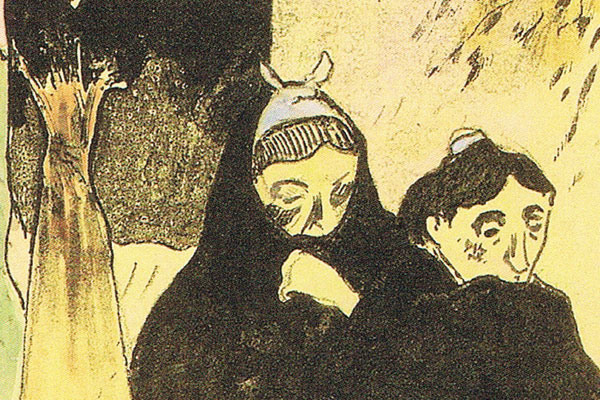
For more of Van Gogh’s time in Arles, information on the Van Gogh museum, and to walk through the lives of other legendary artists, pre-order a copy of our “Art + Travel Europe: Step into the Lives of Five Famous Painters”.
“Paul Gauguin: The Breakthrough into Modernity”
February 19 – June 6, 2010
The Van Gogh Museum
7 Paulus Potterstraat
Amsterdam, Netherlands
+31 20-570-5200
www.vangoghmuseum.nl
Images
Top: Detail from “Volpini Suite: Laundresses”, Paul Gauguin, 1889, courtesy of the Musuem of Fine Arts Boston
Middle (clockwise from upper left): Details of “Breton Girls Dancing, Pont-Aven”, Gauguin, 1888, courtesy of The National Gallery of Art Washington, “Volpini Suite: Joys of Brittany”, Gauguin, 1889, courtesy of the Museum of Fine Arts Boston, “The Bathing Place”, Gauguin, 1889, courtesy of the Cleveland Museum of Art, “Volpini Suite: Design for a Plate: Leda and the Swan”, 1889, courtesy of the The Cleveland Museum of Art
Bottom: Detail of “Volpini Suite: Old Women of Arles”, Gauguin, 1889, courtesy of The Cleveland Museum of Art.
Tagged with: Amsterdam Arles Delft exhibitions gauguin Holland impressionism lithographs modernism painting Paul Gauguin symbolist synthetism Van Gogh van gogh museum van gough vincent van gogh volpini suite
 MUSEYON BOOKS Smart City Guides for Travel, History, Art and Film Lovers
MUSEYON BOOKS Smart City Guides for Travel, History, Art and Film Lovers
